KNOCK OUT DRUMS
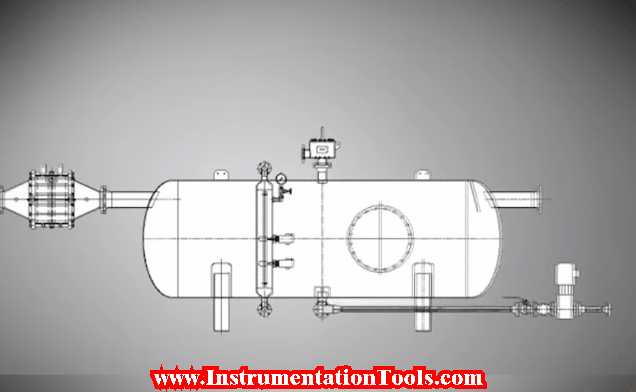
Knock out vessels are used to slow down gasses and allow liquids to “fall out” of the gas stream. Knock out drums can be installed either in the waste gas header, or in the flare stack base itself. Knock out drums can be configured in either a horizontal, or vertical arrangement. When horizontal, a knock out drum will be constructed with one gas stream inlet, and two outlets, which can then be joined with a manifold. Another configuration that can be used is one inlet with a much larger outlet.
A liquid level gauge or indicator should always be included, as these vessels must remain drained and free of excess liquid. In a vertical arrangement the knock out drum can have a side inlet with a larger exit which will slow down the gasses. Another method for using a vertical drum is to use a tangential inlet. With a tangential knock out drum, the gasses enter and spin around the wall of the vessel. While spinning the fluidic friction of the gas along the wall will “scrub out” much of the entrained liquid.
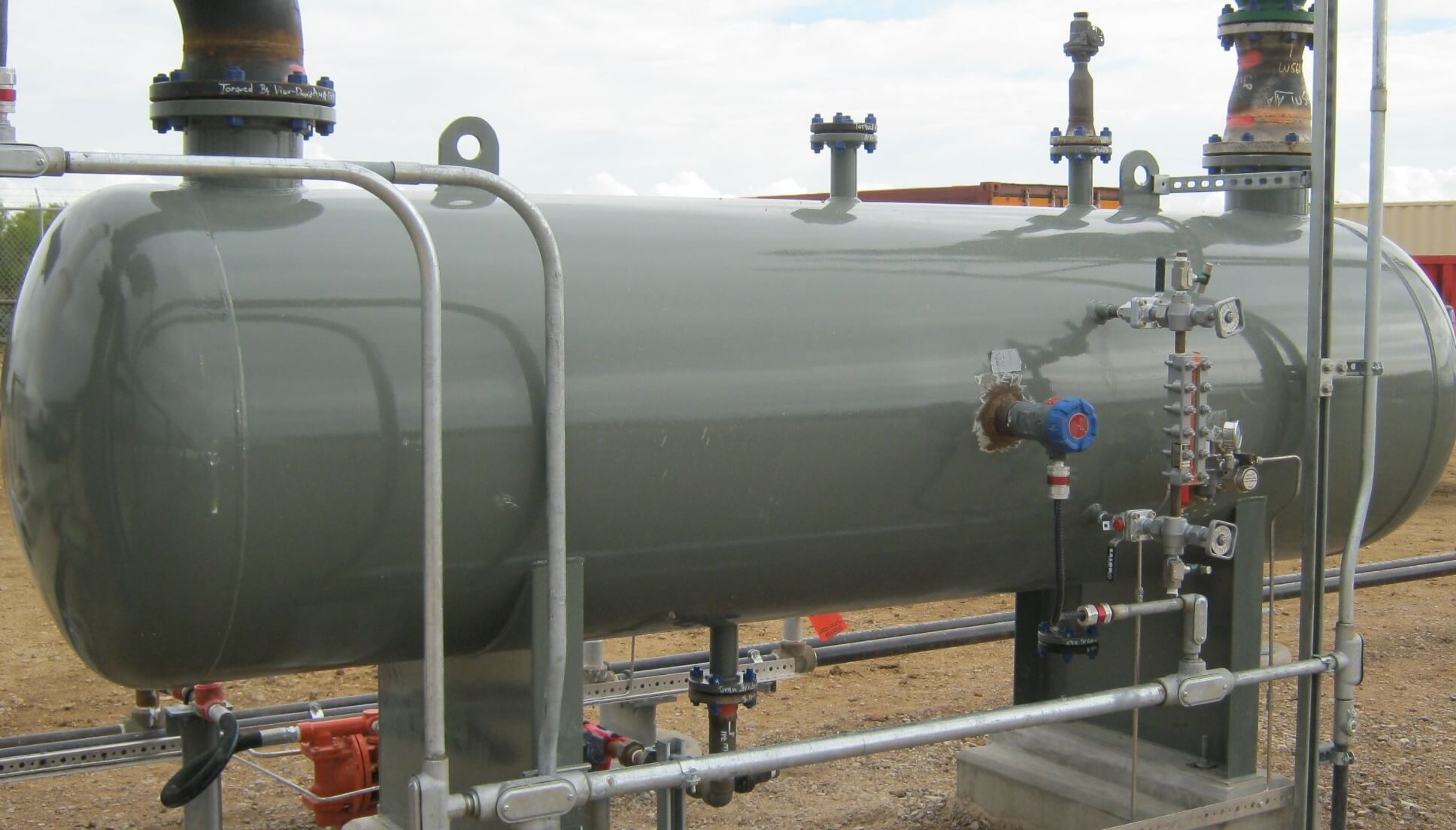
Baffles are also used in a vertical drum to disrupt and slow down the gas prior to exit. Again these drums must be equipped with a liquid level gauge or indicator so they can be drained. Knock out drums, whether installed in the waste gas header, or in the flare base can be supplied with the following options: Vessels are sized according to clients’ process requirements. Construction can be of Carbon Steel, or for corrosive services Stainless steel. Automatic drain controls can be included to prevent the accumulation of fluids in the seal. Two-inch flanged drain connection for draining and cleaning the vessel.
Also Read: Process Fundamentals in Oil & Gas Industries
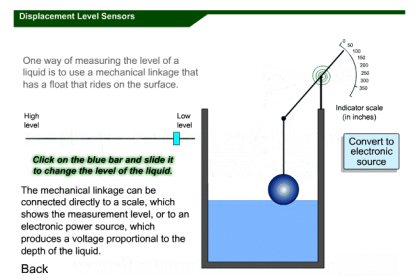
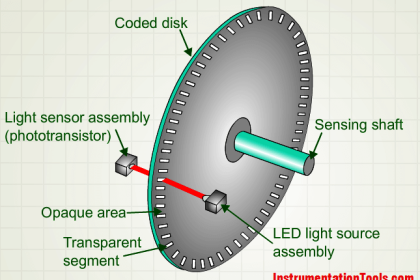

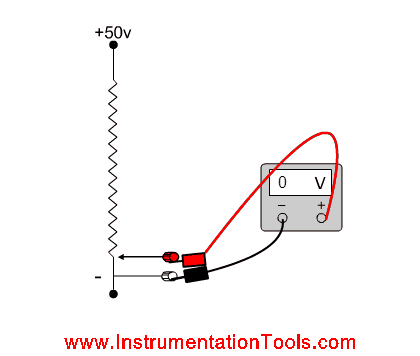
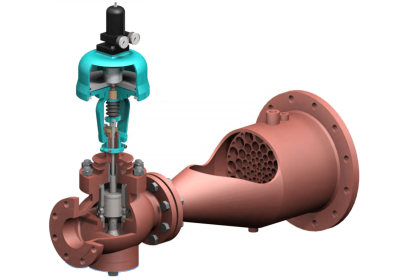
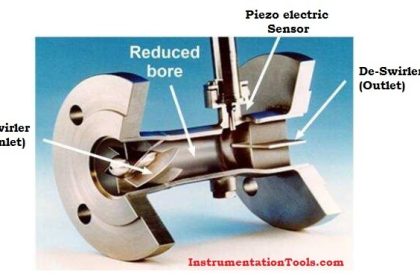
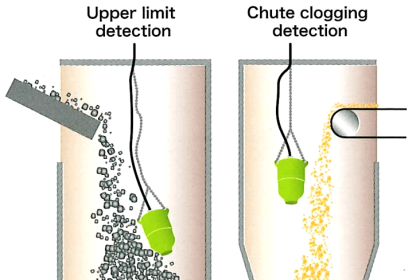
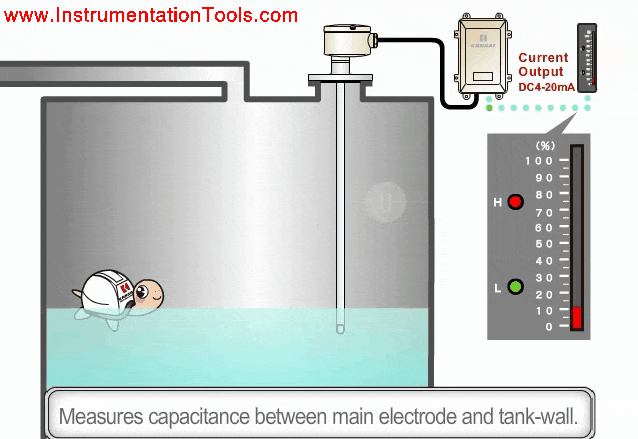
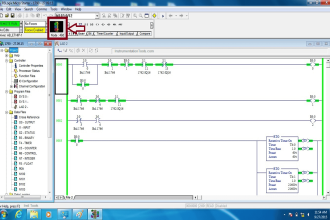


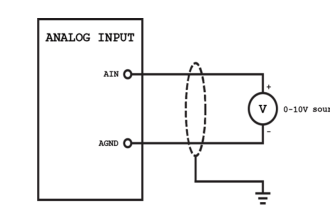
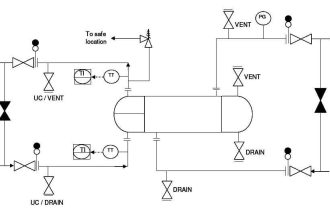

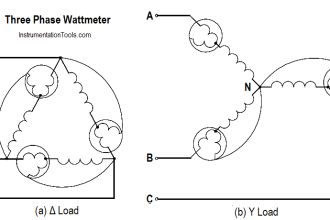
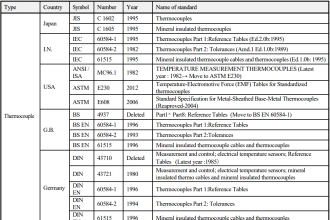

Helpful instrumentation documents. I have learnt more than I knew. Thanks to everyone who have contributed to this website.
wonderfull site..most importantly its explained in very simple words
very informative article.